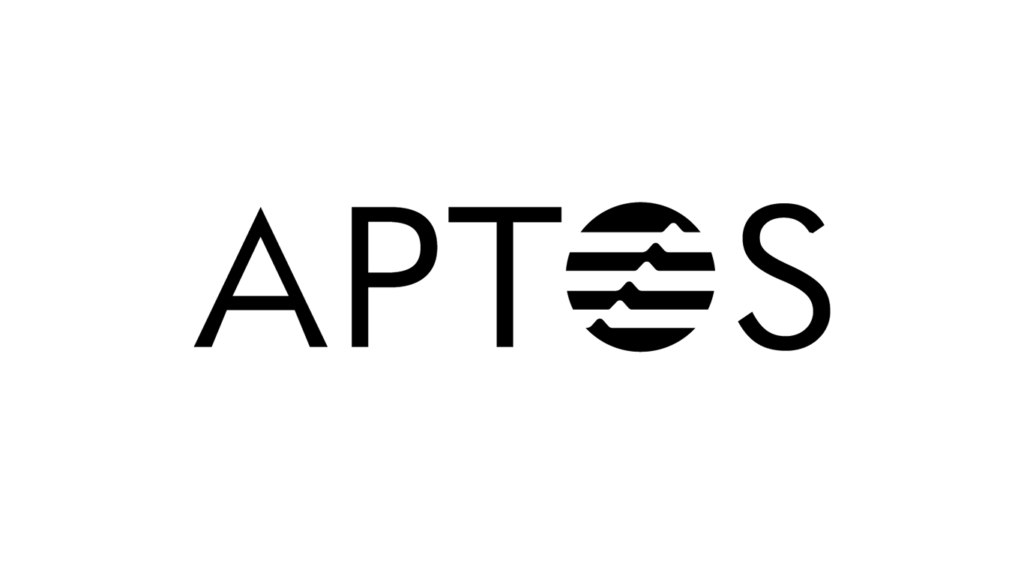CeFi (Centralized Finance) and DeFi (Decentralized Finance) are two different approaches to financial systems. While both aim to provide financial services and opportunities, they differ in terms of centralization, control, and accessibility.

Tradicional financial systems
Centralized Finance (CeFi) refers to traditional financial systems that are centralized and controlled by intermediaries such as banks, financial institutions, and other centralized entities. In CeFi, these intermediaries have control over user funds, transactions, and decision-making processes. CeFi platforms typically require users to go through a KYC (Know Your Customer) process and adhere to various regulations. Examples of CeFi platforms include traditional banks, centralized cryptocurrency exchanges, and lending institutions.
More control
On the other hand, Decentralized Finance (DeFi) aims to provide financial services in a decentralized manner, eliminating the need for intermediaries and giving users more control over their funds. DeFi operates on blockchain technology, primarily on smart contract platforms like Ethereum. In DeFi, transactions and operations are executed through smart contracts, which are self-executing contracts with predefined rules. DeFi platforms offer various financial services such as lending, borrowing, trading, and yield farming. Users can interact with DeFi platforms directly using their cryptocurrency wallets without the need for a middleman.
The main differences between CeFi and DeFi can be summarized as follows:
Control and Intermediaries:
CeFi platforms are controlled by centralized intermediaries, while DeFi platforms operate in a decentralized manner, eliminating the need for intermediaries.
Accessibility:
CeFi platforms often require users to go through a KYC process and adhere to regulations, limiting access to certain individuals or regions. DeFi platforms, on the other hand, are generally open to anyone with an internet connection and a cryptocurrency wallet.
Transparency:
DeFi platforms are built on blockchain technology, which provides transparency as all transactions and operations are recorded on a public ledger. CeFi platforms, being centralized, may have limited transparency and require users to trust the intermediaries.
Innovation and Flexibility:
DeFi platforms have seen rapid innovation and the emergence of various decentralized applications (DApps) offering new financial services. CeFi platforms, being more regulated and centralized, may have limitations in terms of innovation and flexibility.
Risks and Security:
CeFi platforms often have security measures in place, such as insurance and regulatory compliance. DeFi platforms, while offering greater control, may have higher risks due to potential vulnerabilities in smart contracts and the absence of centralized security measures.
CeFi and DeFi represent two different approaches to finance. CeFi offers centralized control, regulation, and security, while DeFi provides decentralization, transparency, and user control. The choice between CeFi and DeFi depends on individual preferences, risk tolerance, and the specific financial services required.
Disclaimer
Remember, investing in cryptocurrencies involves risks, and it’s important to conduct thorough research and seek professional advice before making any financial decisions.
(Please keep in mind that this post is solely for informative purposes and should not be construed as financial or investment advice.)


